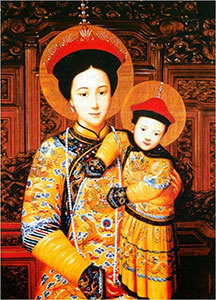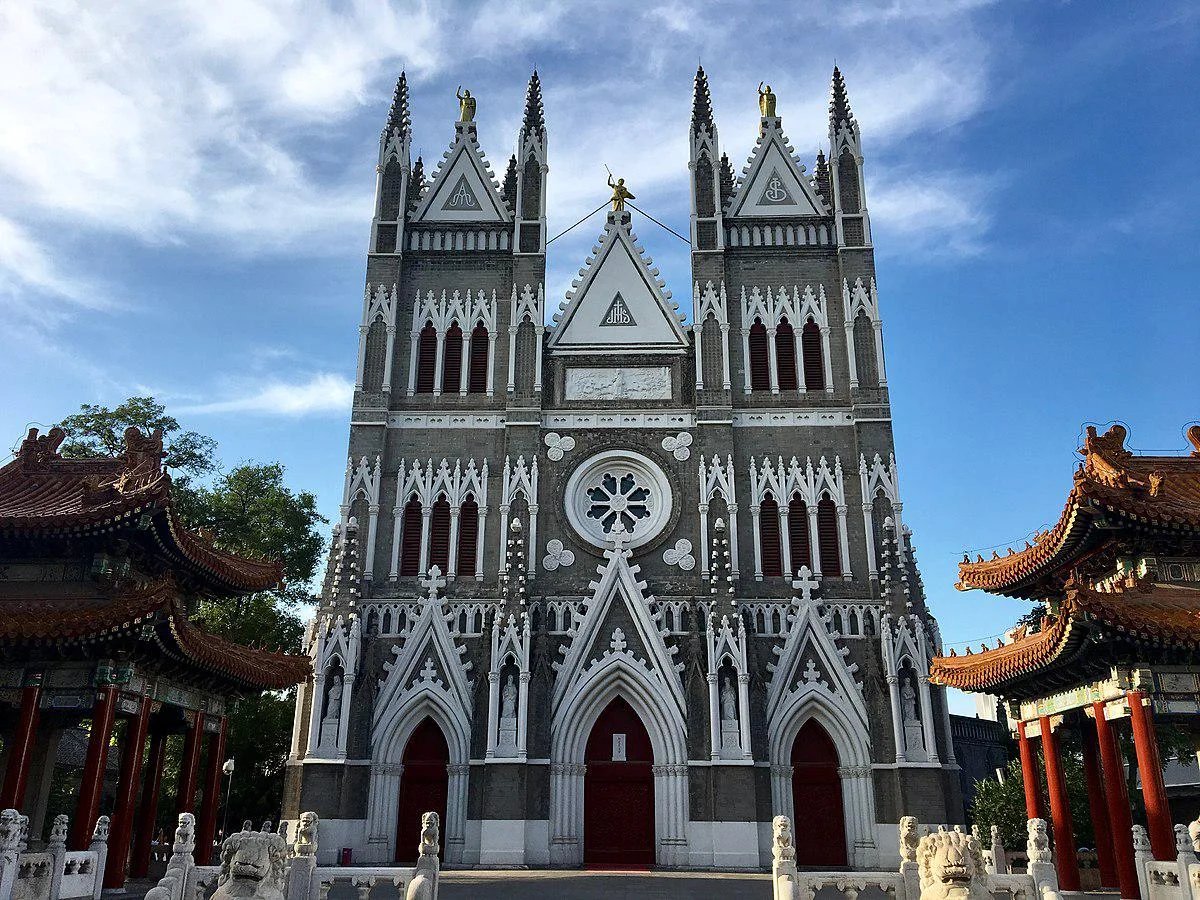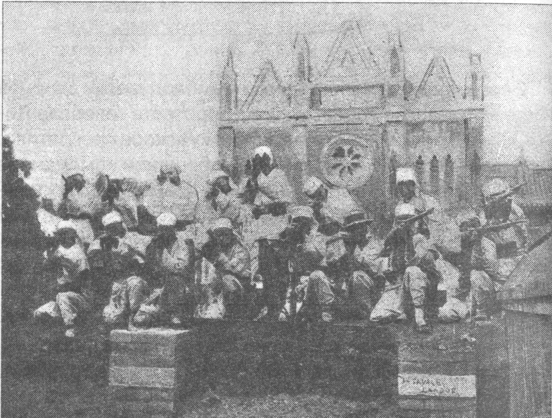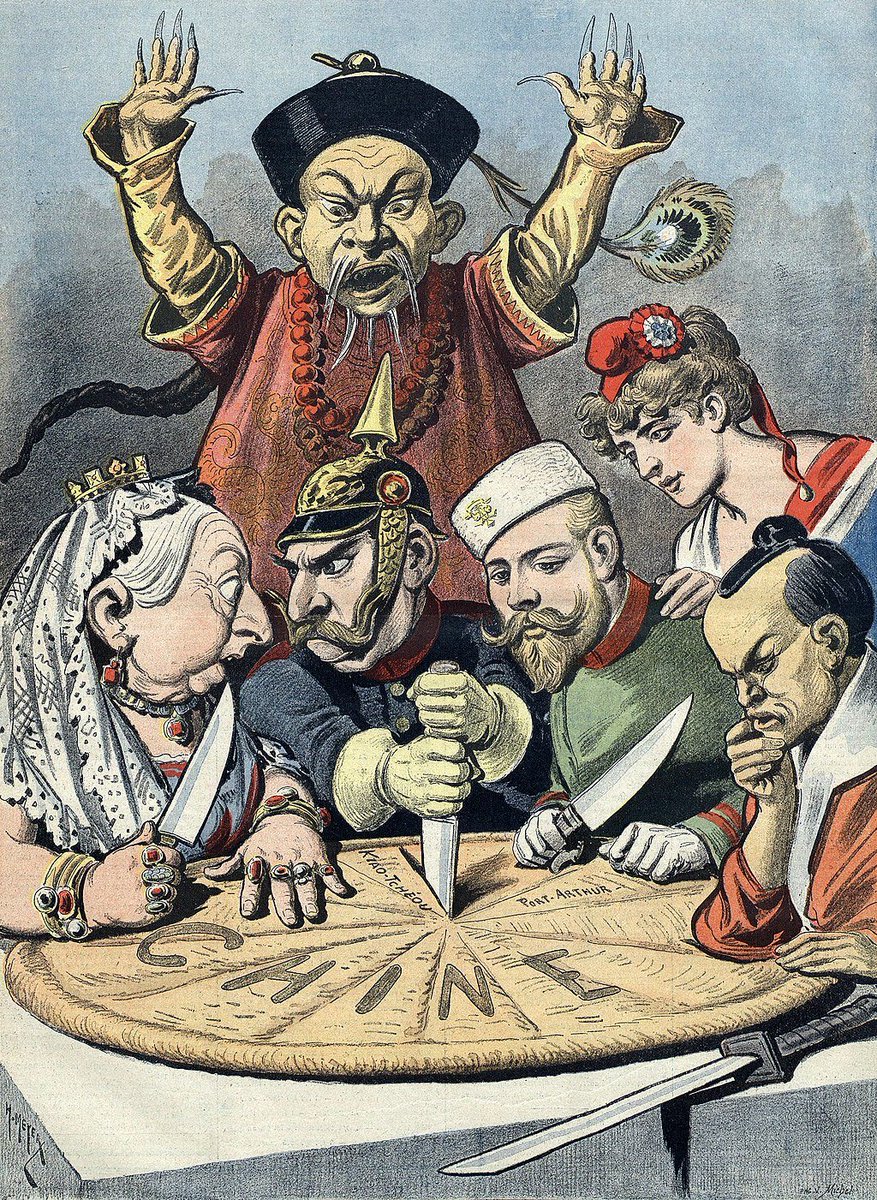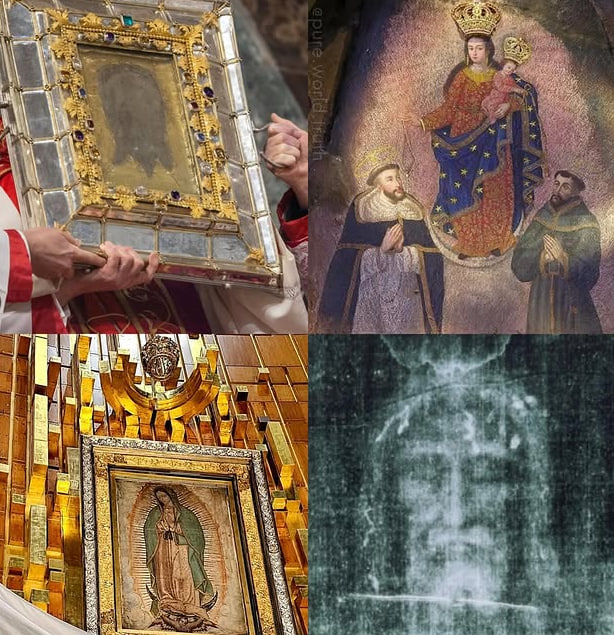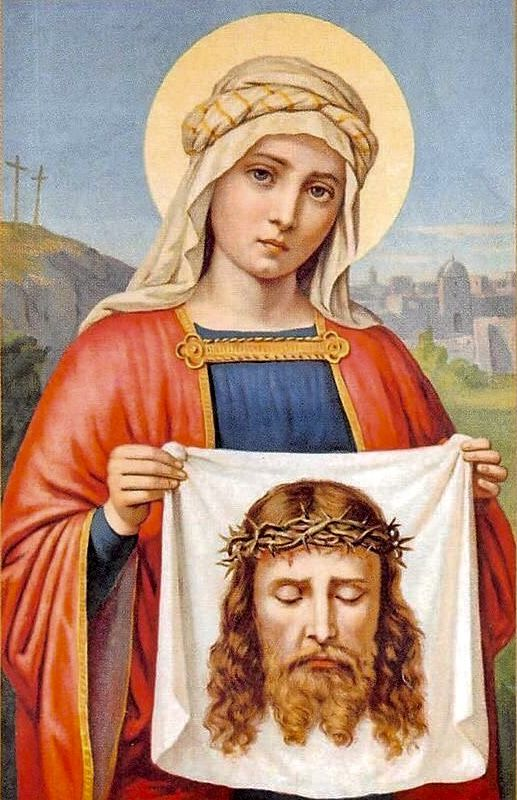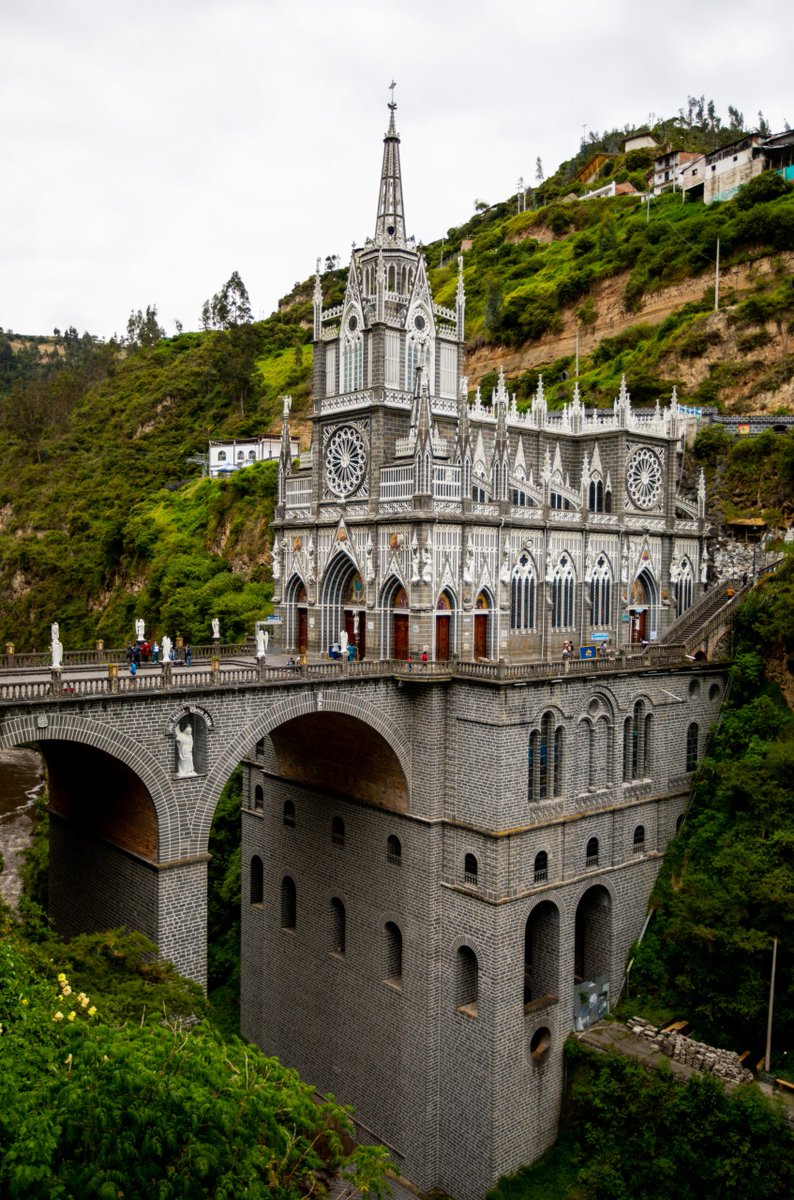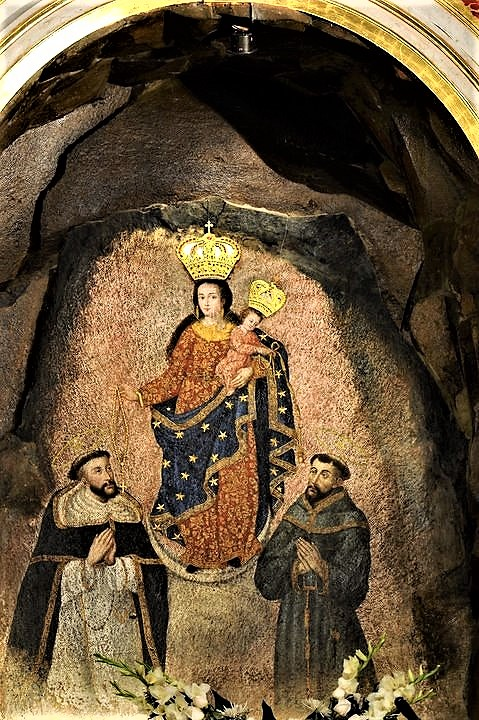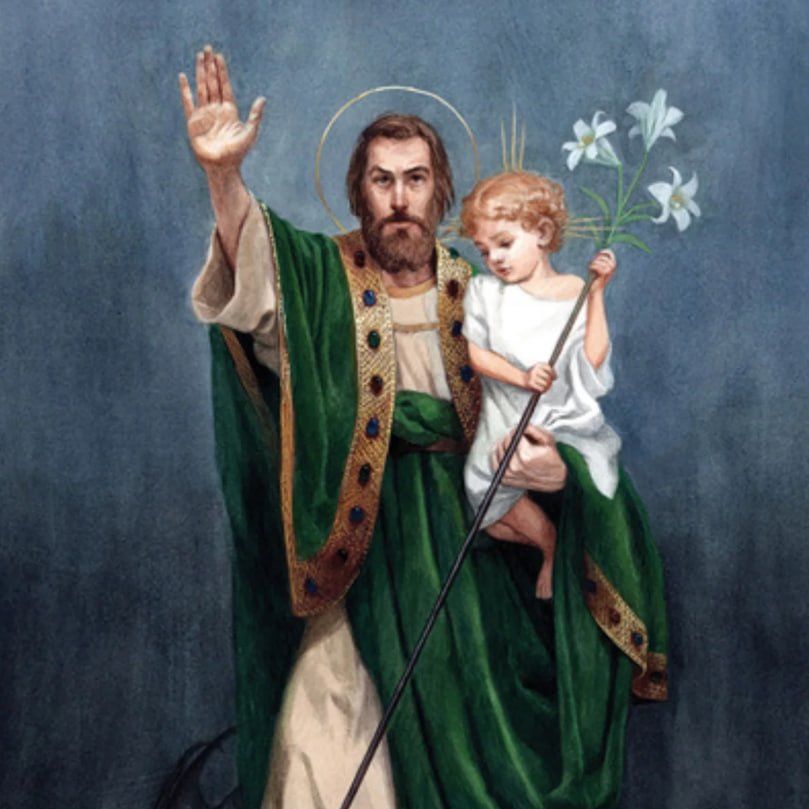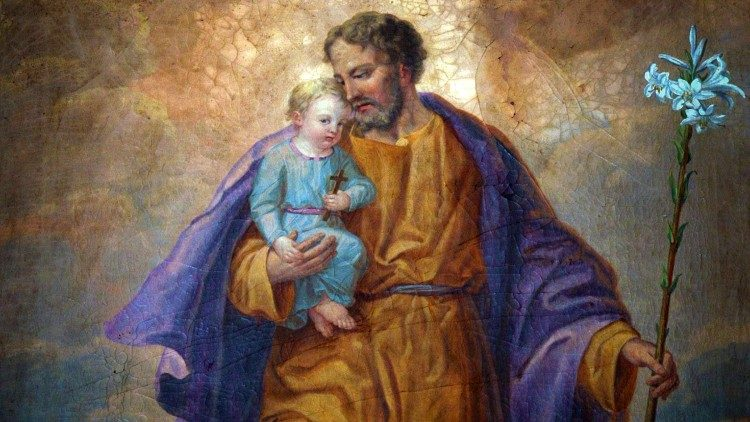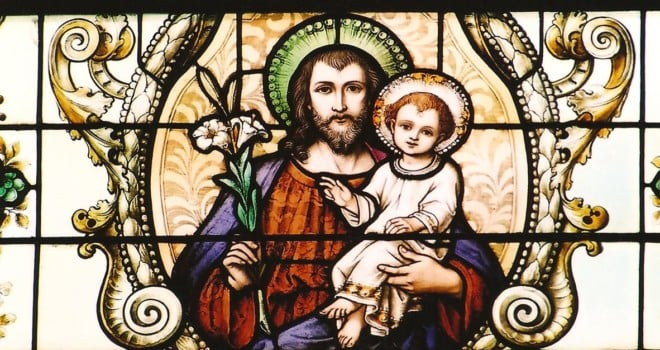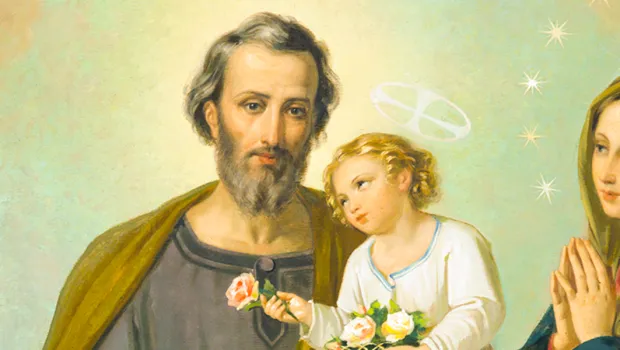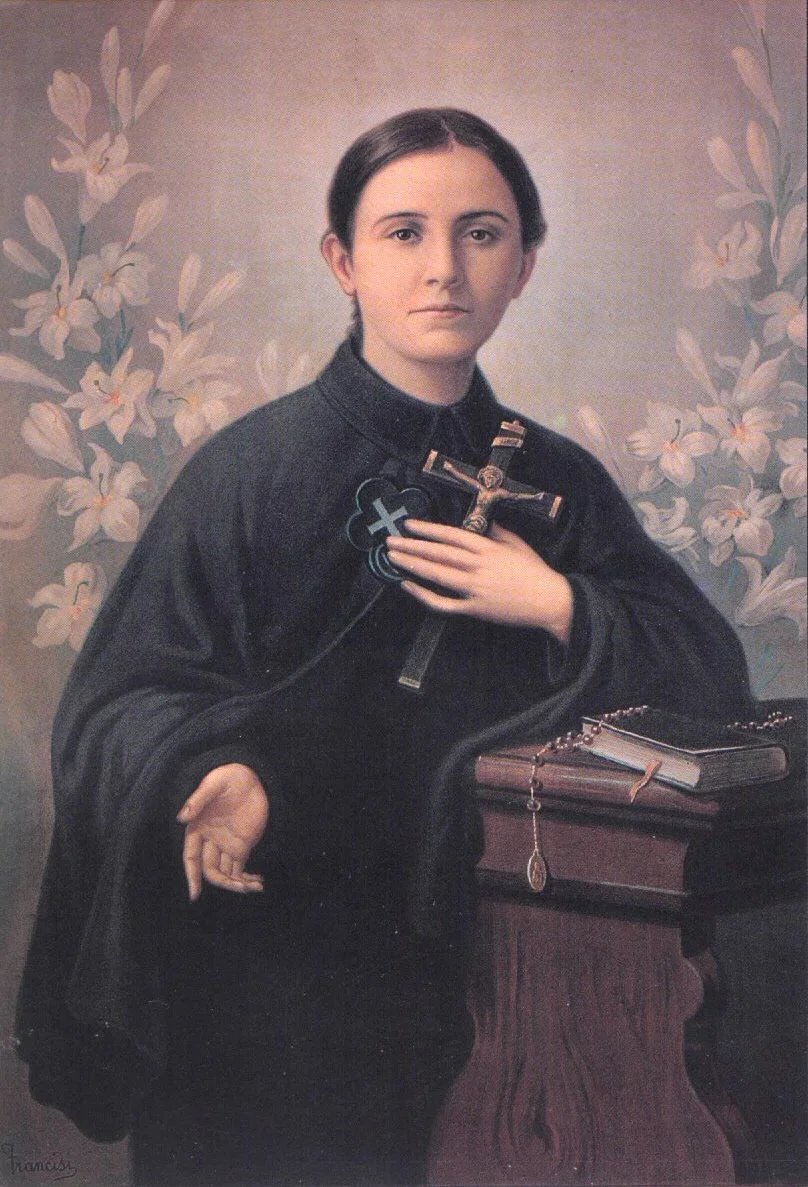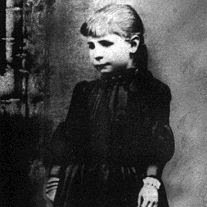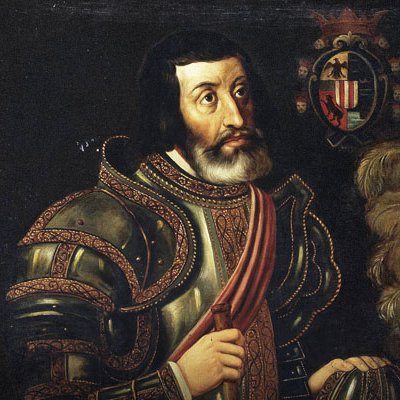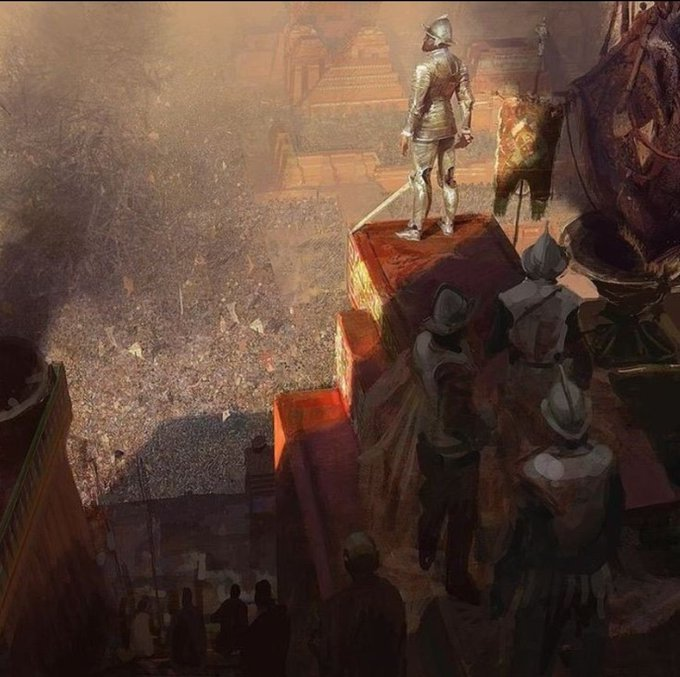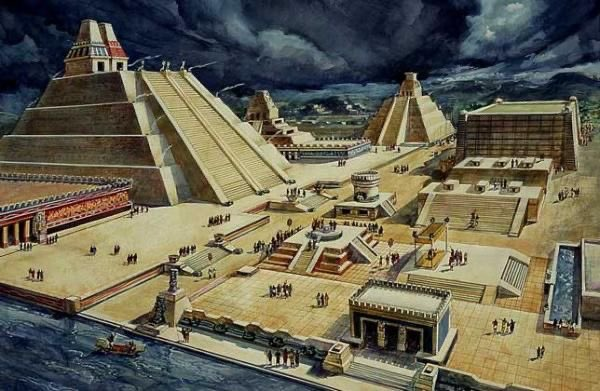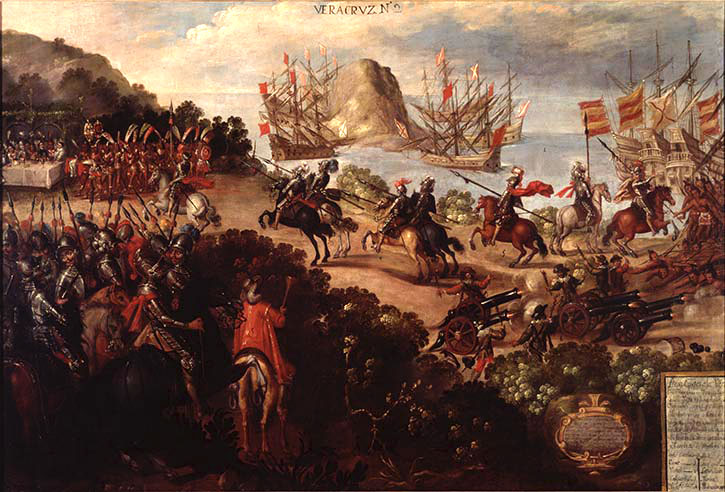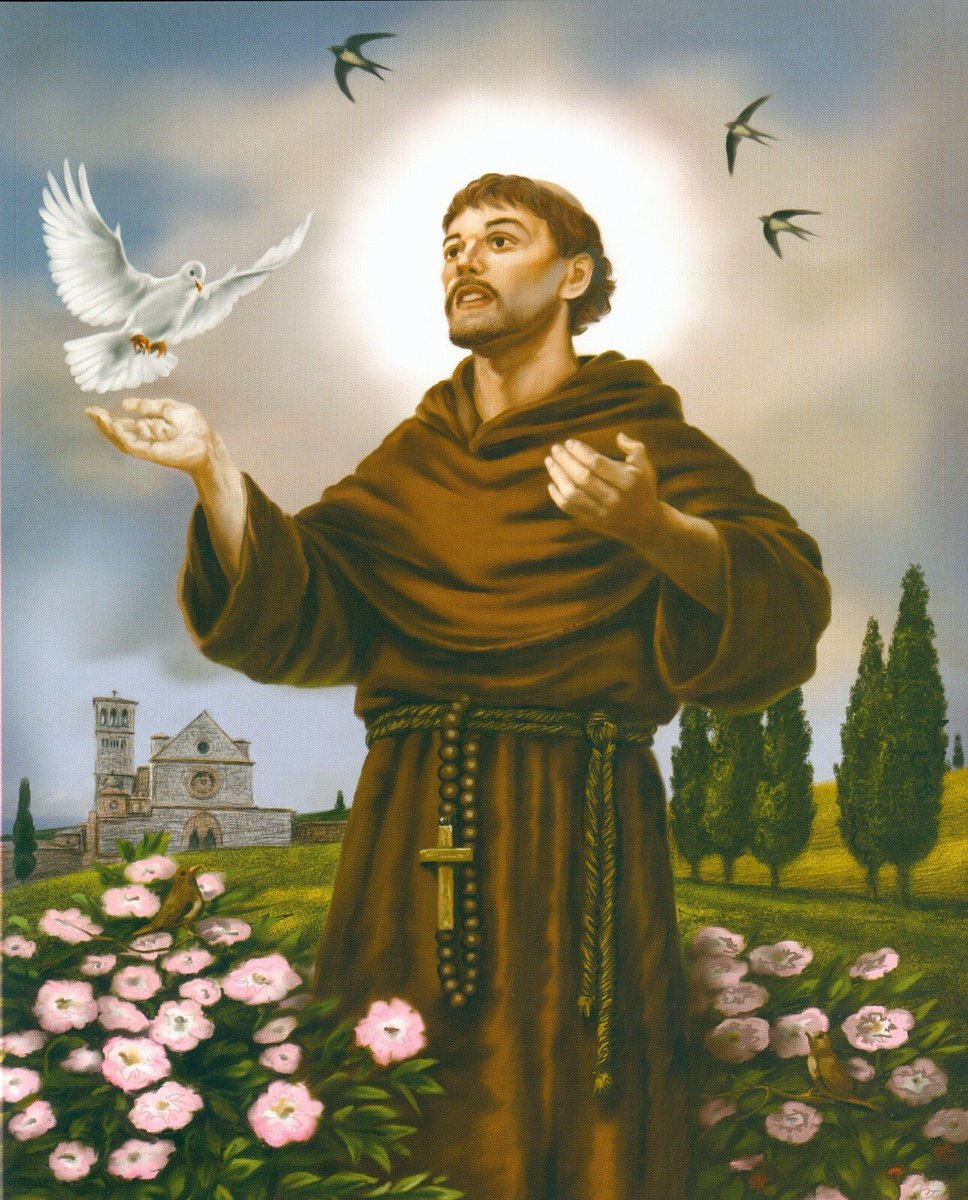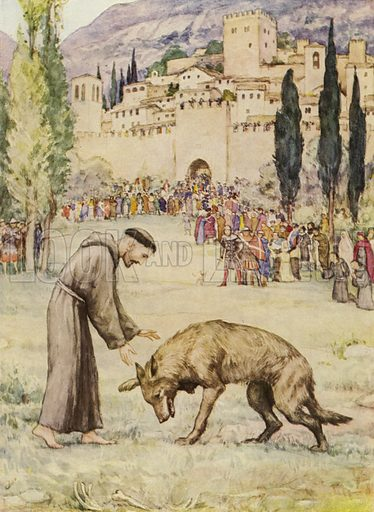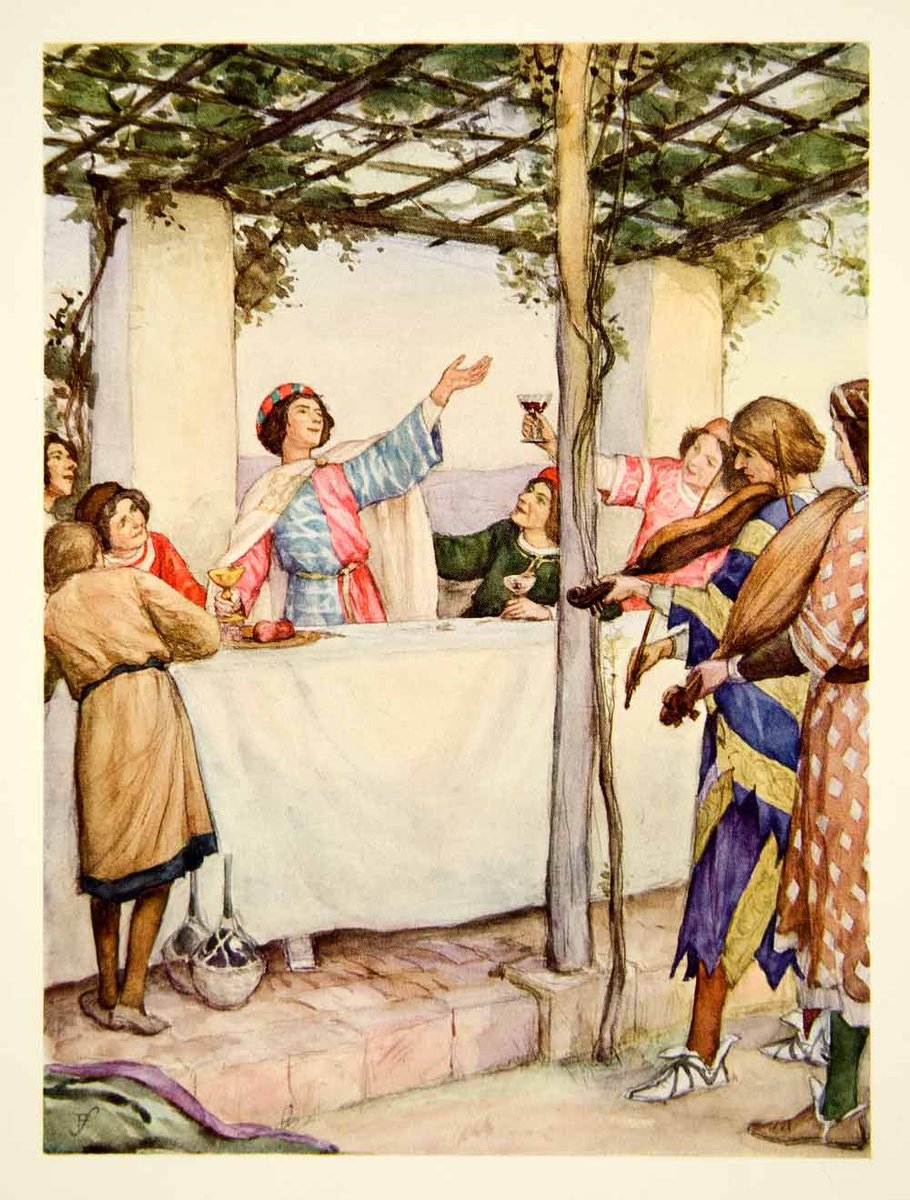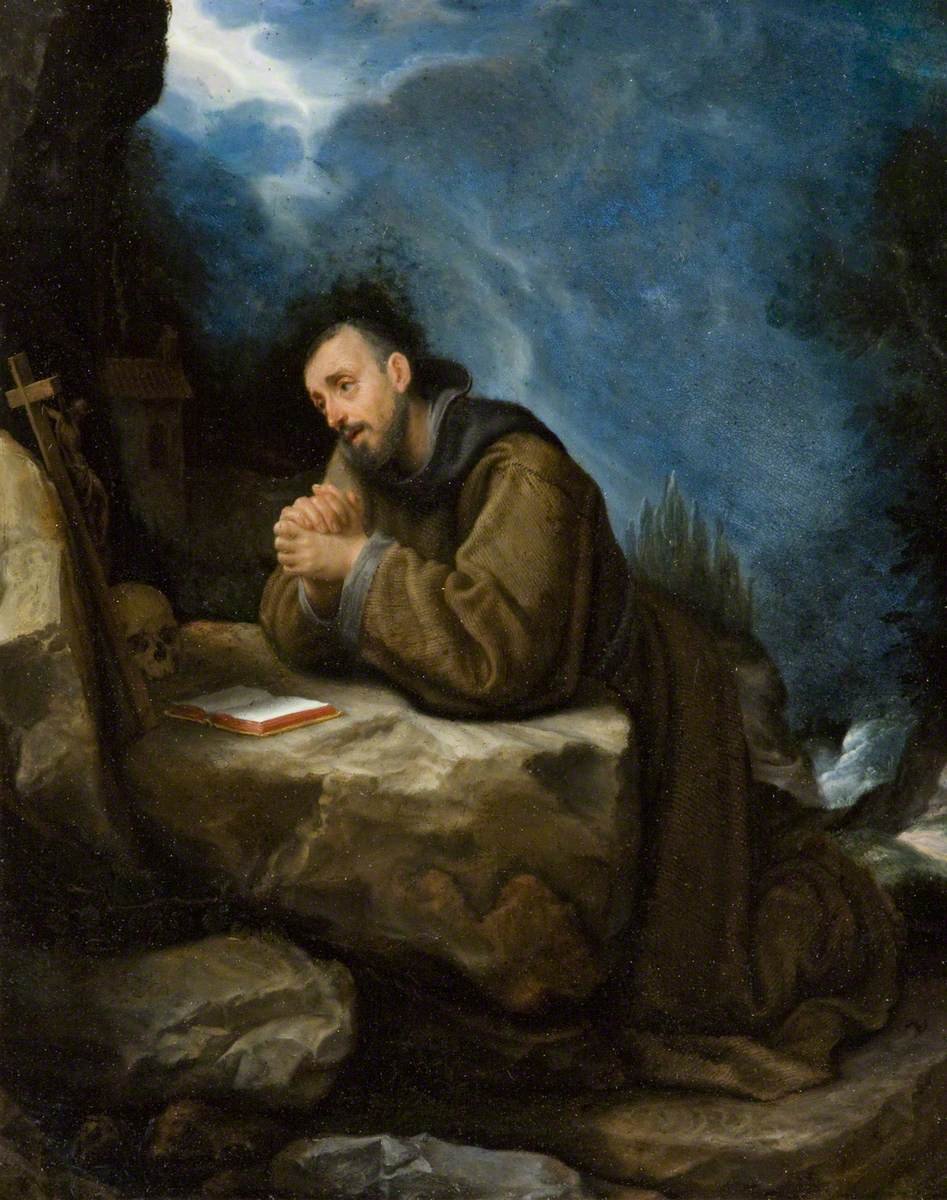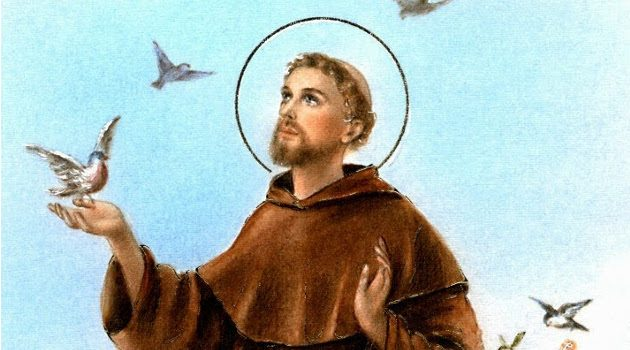Across 3,500 km, a straight line connects 7 ancient sanctuaries, all dedicated to Saint Michael the Archangel
From the West to the Holy Land, all perfectly aligned.
A coincidence? Or a path traced by Heaven?
The Line of Saint Michael - a🧵✝️

From the West to the Holy Land, all perfectly aligned.
A coincidence? Or a path traced by Heaven?
The Line of Saint Michael - a🧵✝️

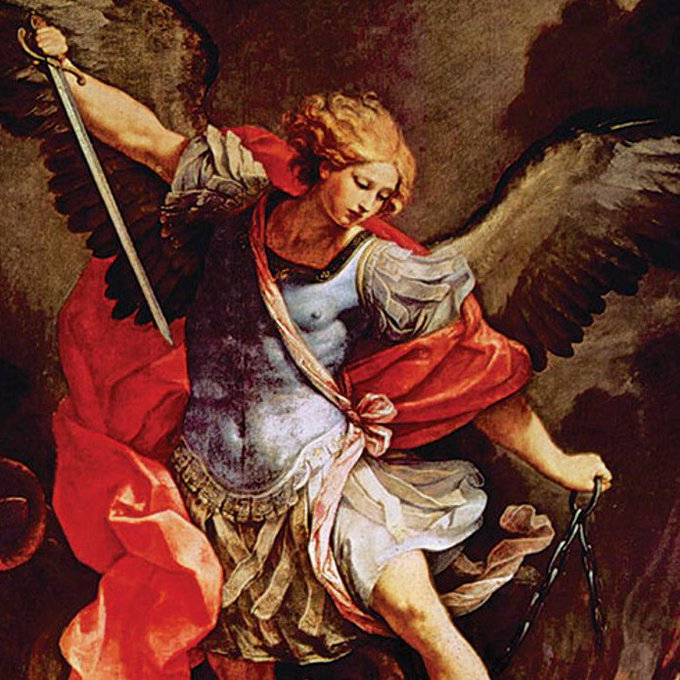
The first point is Skellig Michael island, in Ireland. Medieval monks arrived here in the 7th century and built a church dedicated to Saint Michael around 950 A.D. 

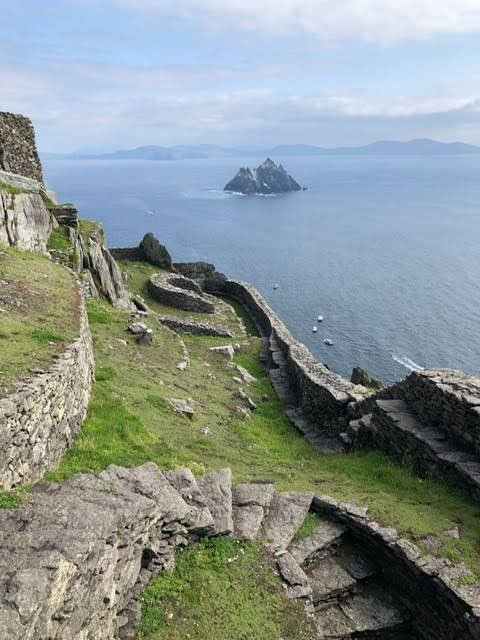
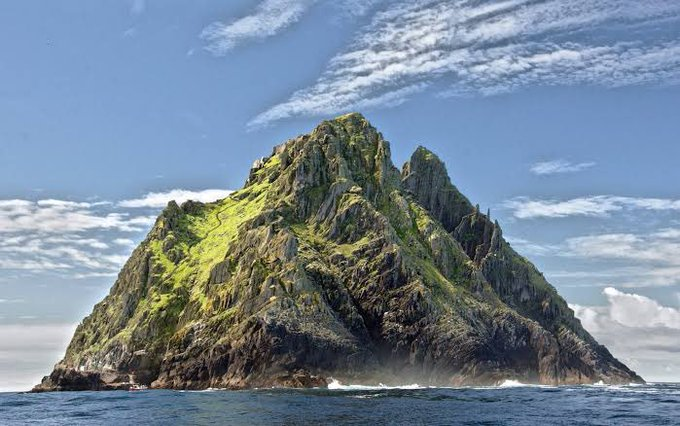
The next is St. Michael’s Mount, in England. A monastery was built here in the 8th century.
But local tradition says the connection is much older. Saint Michael was seen by fishermen here in 495 A.D.

But local tradition says the connection is much older. Saint Michael was seen by fishermen here in 495 A.D.
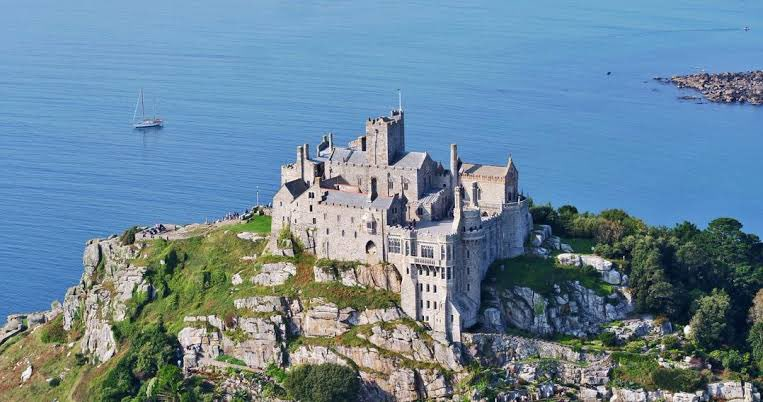
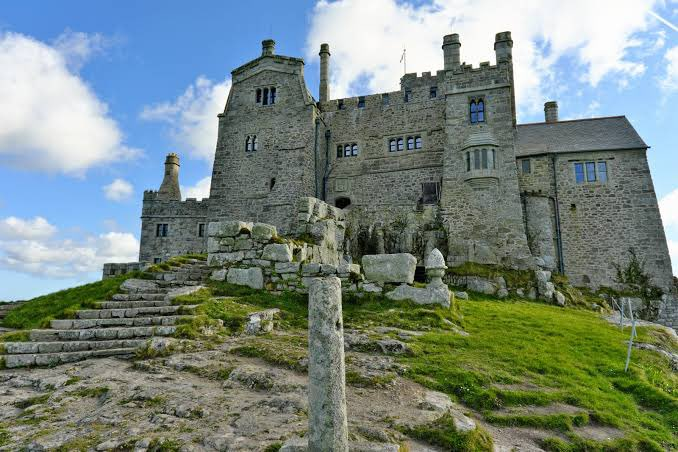
In the year 708, Saint Michael appeared to Bishop Aubert of Avranches and ordered the construction of an oratory on a rocky island surrounded by the sea.
Thus was born the famous Mont Saint-Michel, which never fell to its enemies.

Thus was born the famous Mont Saint-Michel, which never fell to its enemies.


Next is the Sacra di San Michele, atop Mount Pirchiriano in Italy.
Its origin story is a vision of Saint Michael, he appeared to a hermit here in 980 A.D. and told him to build an abbey.

Its origin story is a vision of Saint Michael, he appeared to a hermit here in 980 A.D. and told him to build an abbey.


The next one is even older: the Sanctuary of San Michele, in southern Italy.
Saint Michael appeared here in 490 A.D., and again in 663, helping the Lombards defeat invaders in battle.
There, he consecrated a place of worship without the need for human blessing: “I myself have consecrated it.”

Saint Michael appeared here in 490 A.D., and again in 663, helping the Lombards defeat invaders in battle.
There, he consecrated a place of worship without the need for human blessing: “I myself have consecrated it.”
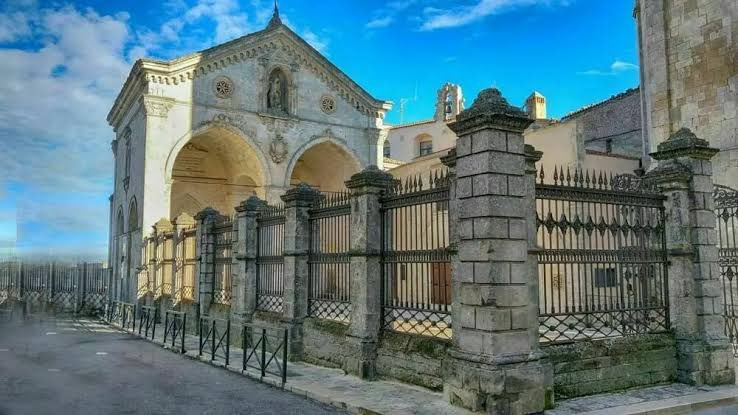
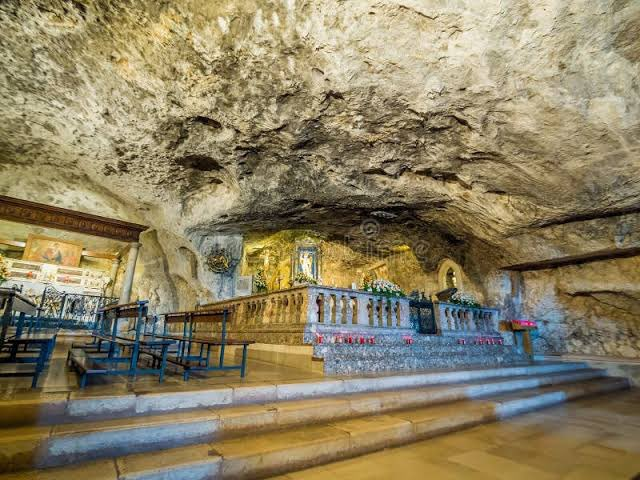
Then comes a Greek island named Symi.
Most of its churches are dedicated to Saint Michael, including the one in Panormitis.
It dates back to 450 A.D. and was built around a miraculous image of Saint Michael.
Most of its churches are dedicated to Saint Michael, including the one in Panormitis.
It dates back to 450 A.D. and was built around a miraculous image of Saint Michael.
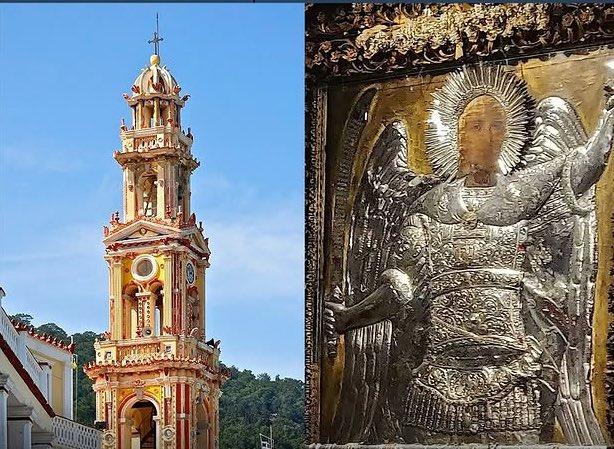
The final point is the Stella Maris Monastery in Israel, very near Nazareth.
It also overlooks a cliff. This is where the prophet Elijah lived, and the monastery was built over one of his caves.
Like Michael, Elijah is often depicted wielding a sword.

It also overlooks a cliff. This is where the prophet Elijah lived, and the monastery was built over one of his caves.
Like Michael, Elijah is often depicted wielding a sword.
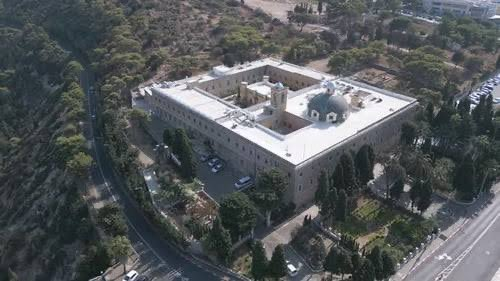

But how precise is the line?
When all 7 points are plotted as an arc connecting the midpoints and end, the line has a width of about 20 km, just a coincidence?
The deviation of the sites from the line ranges from 14km to 42km.
When all 7 points are plotted as an arc connecting the midpoints and end, the line has a width of about 20 km, just a coincidence?
The deviation of the sites from the line ranges from 14km to 42km.
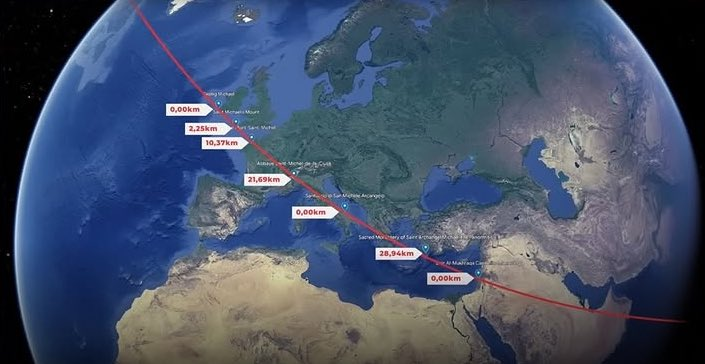
According to a 9th-century text, Mont-Saint-Michel was the exact spot where Saint Michael defeated Satan (in the form of a dragon), as described in the New Testament. 
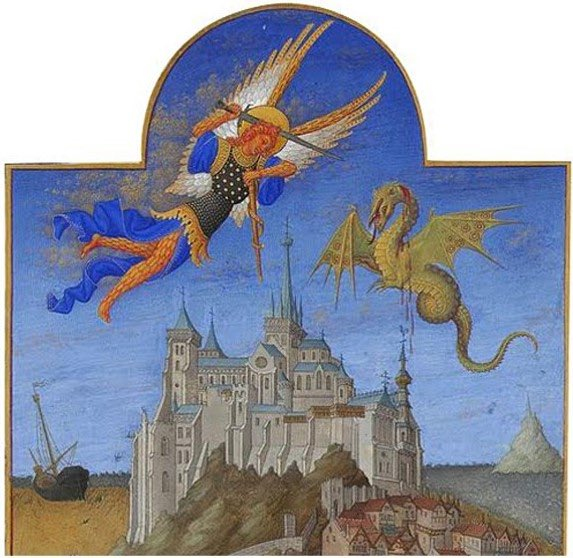
Tradition says this line represents the strike of Saint Michael’s sword, casting Lucifer from Heaven (Revelation 12,7-9).
It also symbolizes the call to penance, all the sanctuaries are located on mountaintops, places of retreat, spiritual battle, and vision.
It also symbolizes the call to penance, all the sanctuaries are located on mountaintops, places of retreat, spiritual battle, and vision.
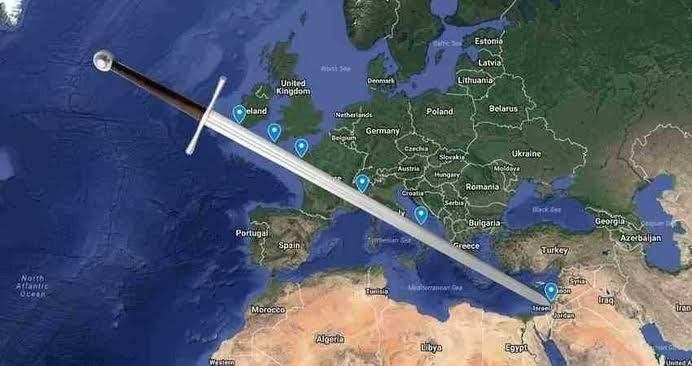
If you want to support our work check out our merch: You get some quality clothing while helping us grow the page and produce better content! tradwest.net

• • •
Missing some Tweet in this thread? You can try to
force a refresh


